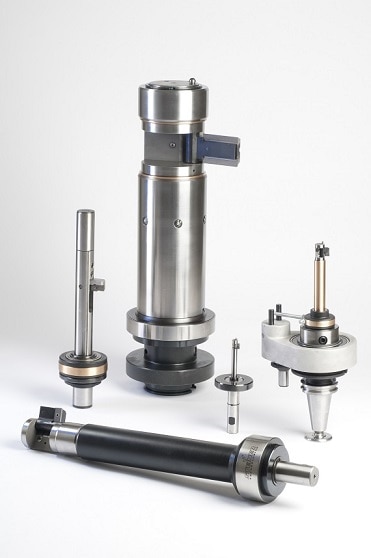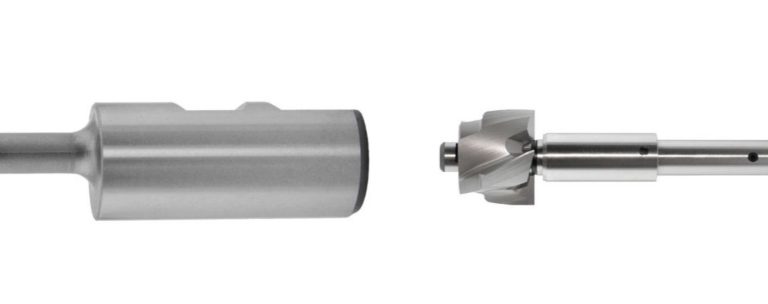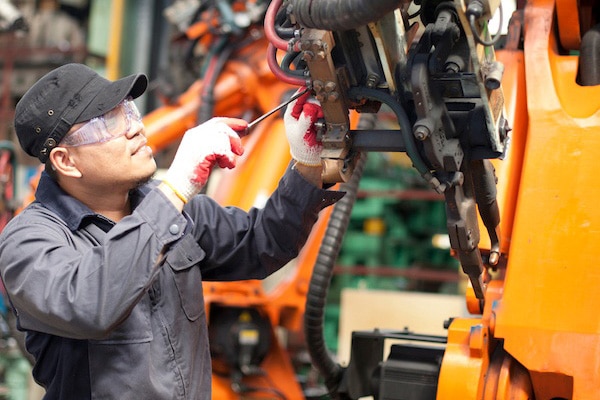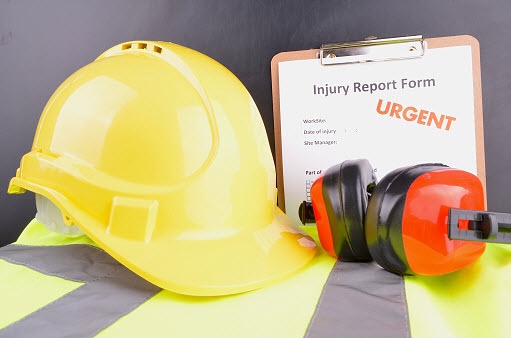Which Reverse Counterboring System to Use?
How to Determine the Most Cost Effective Way To Reverse Machine A Workpiece
There are 3 main reverse counterboring systems available to the marketplace at the moment. There is automatic back counterboring (often times referred to as a “flip-open” style tool), manual back counterboring tools and offset entry style back counterboring tools. Each system offers it’s own set of pros and cons which will help you, the end user of the tooling, determine which will work the best for your specific application.
When we spec out a specific tooling system for a potential customer, we focus on two different areas. These areas are Technical Feasibility and the Business Objectives trying to be met. Once we determine what is technically possible to design, manufacture and be reliable in the application while cutting, we can then be sure that we are meeting the required timelines, budget and safety requirements.
Technical Feasibility is typically going to be determined by your thru-bore to your machined feature diameter ratio, the length you have to reach through your workpiece, your workpiece material and the type of machine you will be running your workpiece on.
Business Objectives are usually a little more complicated to figure out. This is where you’ll start trying to determine things like cycle time savings vs cost of the tooling, possible safety concerns for your machine operators vs cost of tooling and the possible elimination of a secondary operation all together.
Below, we will go through the 3 most common types of reverse machining tools and quickly outline where they rank up in terms of technical feasibility and typical business objectives.
The Autofacer® is an ideal option for higher production run jobs where reliability is of the utmost importance. The majority of Autofacers are custom made tools that can range from Ø.250″ pilot diameter to upwards of Ø7.00″ pilot diameter while cutting Ø11.00″ spotfaces. This is a U.S. manufactured product which offers a variety of clutch designs to mechanically open and close the tooling. A built in rotary pilot supports the tooling while in the cut. This allows the Autofacer to reach impressive length to diameter ratios due to the tooling being supported at the point of cut. Though the majority of Autofacers are custom made per application, a new stock standard line of Autofacers in .5mm (.020″) counterbore diameter increments has been introduced for quick turn-around deliveries when needed.
Manual reverse counterboring tools are one of the oldest back counterboring systems around. This system requires that you feed an arbor through your workpiece, stop your machine spindle and then manually connect a HSS or brazed carbide back counterboring head on the backside of your part. The obvious downsides to this type of system is that it is inherently slower than an automatic system and there will always be more risk involved when a machine operator is reaching inside a machine and physically locking on the cutting head. The upsides to these type of tools is that they are generally a more price conscience option compared to the automatic tools and they are stocked in U.S. in 1mm increments from Ø10mm (.394″) to Ø76mm (2.992″) in HSS. Brazed carbide cutters are available in Germany and typically require no more than a week delivery. Because these tools are 4-flute and piloted you can also reach long length to diameter ratios.
Offset Entry Back Counterboring
The offset entry back boring bars are typically a good option when you do not need to reach very far through your part (as these tools are not supported while cutting) and when you are dealing with shorter lengths of cut. These specific tools are made from a heat treated tool steel and utilize indexable inserts or are manufactured from solid round carbide for smaller diameters. Multiple sizes of these tools from Ø6.5mm (.256″) to Ø50mm (1.969″) are being stocked here in the U.S. with multiple carbide grades available. Customs are available for quotation upon request.
I was once told by someone I trust, “There is no such thing as a bad tool… Some tools just fit a specific situation better than others”. I think that by adopting this mentality when trying to determine how best to approach a manufacturing process while putting thought towards your business objectives, setting up a successful process is a very logical step. Don’t forget to reach out to a trusted specialist when the time comes to determine which is the best direction to go. That’s what we’re here for!










